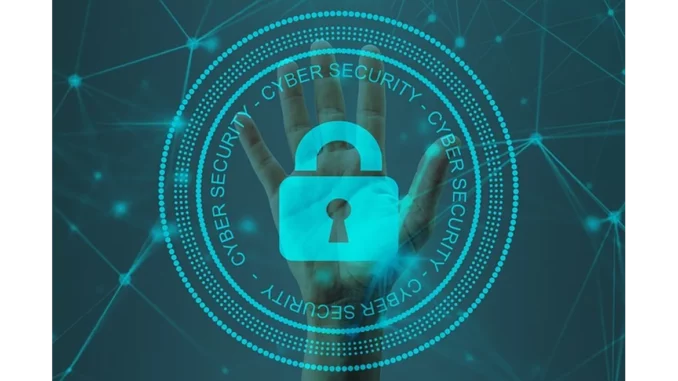
Summary
Robust Business Continuity and Cybersecurity: Essential Strategies for Modern Enterprises
In the face of an increasingly unpredictable business environment, the ability to maintain operations during disruptions has become crucial. Whether dealing with natural disasters, cyberattacks, or equipment failures, businesses are under pressure to safeguard their operations. Business continuity planning (BCP) and cybersecurity strategies are essential tools in this endeavour, covering all facets of an organisation from infrastructure to personnel.
Main Article
Understanding Business Continuity Planning
Business continuity planning is a forward-thinking strategy that prepares businesses to persist through disruptive events. Unlike disaster recovery plans, which primarily concentrate on the restoration of IT systems, BCP encompasses the entire organisation, including its personnel, processes, and infrastructure. This holistic approach ensures that businesses remain operational, minimising downtime and financial loss.
Key Elements of an Effective Business Continuity Plan
-
Risk Assessment: The first step in BCP involves identifying potential risks that could affect business operations. These risks include natural disasters like hurricanes and earthquakes, as well as man-made threats such as cyberattacks and supply chain disruptions. Each risk is assessed for its likelihood and potential impact on business functions and financial health.
-
Data Backup and Recovery: Ensuring that all critical data and systems are backed up securely and redundantly is paramount. Businesses must routinely test their backup systems to guarantee swift and efficient data restoration in the event of a disruption.
-
Alternate Worksites: Planning for situations where the primary business location is inaccessible is crucial. This might involve enabling remote work capabilities for employees or establishing alternative physical locations. It is essential to ensure that employees have access to the necessary tools and connectivity to maintain productivity.
-
Communication Plan: Developing clear communication protocols is vital for contacting employees, customers, vendors, and other stakeholders before, during, and after a disruptive event. Maintaining up-to-date contact information and identifying key contacts within and outside the organisation are critical components.
-
Test, Practice, Update: Regular testing and practice of the BCP are necessary to ensure its effectiveness. Conducting drills and simulations helps familiarise employees with their roles and responsibilities. The plan should be updated as the business evolves or as new risks surface.
Cybersecurity Best Practices
In today’s digital landscape, cybersecurity is a critical component of business continuity planning. Cyberattacks can severely disrupt operations, compromise sensitive data, and tarnish reputations. Implementing robust cybersecurity measures is essential to safeguarding businesses from these threats.
Key Elements of Cyber Hygiene
-
Employee Training: Training employees about common cyber threats, such as phishing and social engineering, is vital. Encouraging the reporting of suspicious activity and providing regular training sessions is key to keeping employees informed about evolving threats.
-
Access Controls: Strong access controls, including multi-factor authentication (MFA), should be implemented to restrict system and data access. Regular reviews and updates of user permissions ensure that only authorised personnel access sensitive information.
-
Software Updates: Keeping all software, including operating systems and applications, up to date with the latest security patches is critical. Automatic updates should be enabled wherever possible to protect systems against known vulnerabilities.
-
Firewalls and Antivirus: Deploying reliable firewalls and antivirus solutions helps detect and block malicious activity on networks and devices. Regular updates of these tools ensure optimal protection.
-
Incident Response Plan: A comprehensive incident response plan outlining steps for responding to a cyberattack is essential. Regular testing and updating of this plan ensure its effectiveness.
Detailed Analysis
Proactive planning is indispensable for securing a business’s future. By integrating BCP with cybersecurity best practices, businesses can better shield themselves from disruptions and ensure long-term success. According to industry analyst Mark Reynolds, “Investing in these areas now could save businesses significant time, money, and effort in the future.”
The broader economic landscape, marked by increasing digitalisation and global interconnectivity, has heightened vulnerabilities to both natural and technological disruptions. As these risks evolve, businesses must adapt by prioritising comprehensive BCP and cybersecurity strategies.
Further Development
The path forward involves continuous enhancement of business continuity and cybersecurity measures. Businesses are encouraged to utilise resources such as FEMA’s Emergency Financial First Aid Kit (EFFAK) and the Business Continuity Plan template available at Ready.gov. Additionally, the Secure Our World programme from the Cybersecurity Infrastructure and Security Agency (CISA) offers valuable insights into cybersecurity.
As the business environment continues to evolve, staying informed and prepared is crucial. Readers are invited to follow further developments in this space as new challenges and solutions emerge, ensuring their organisations remain resilient in the face of adversity.

